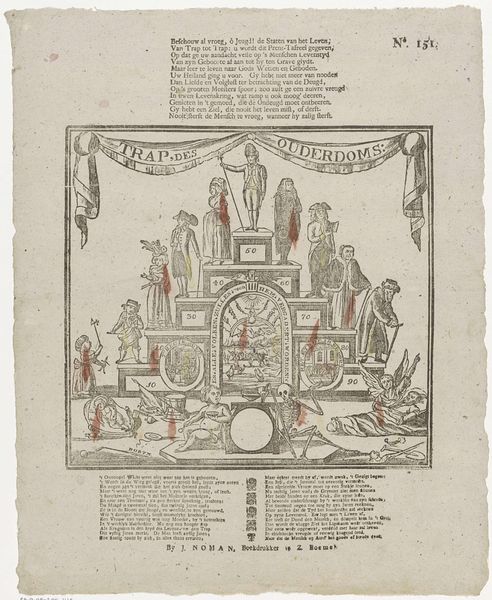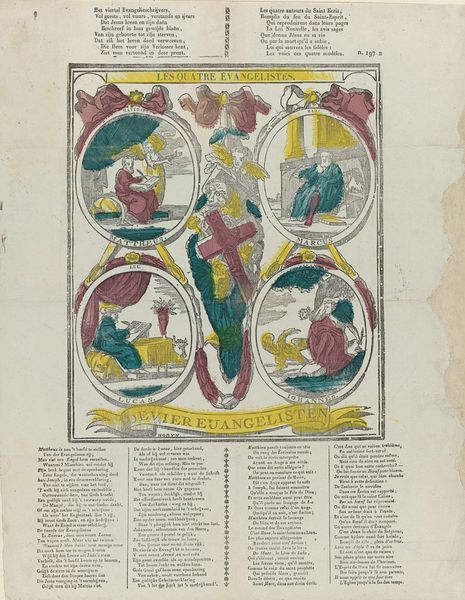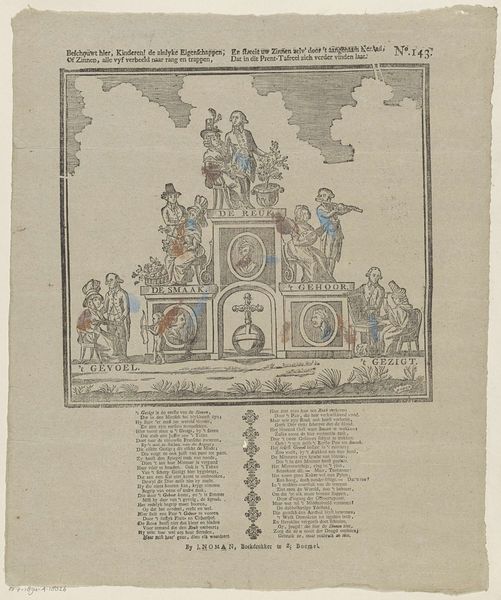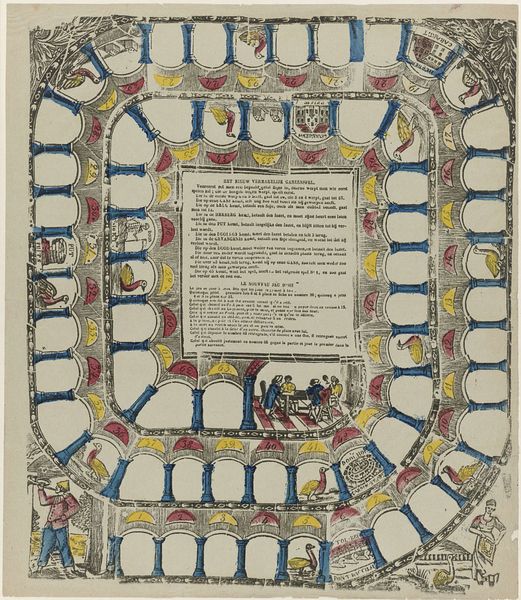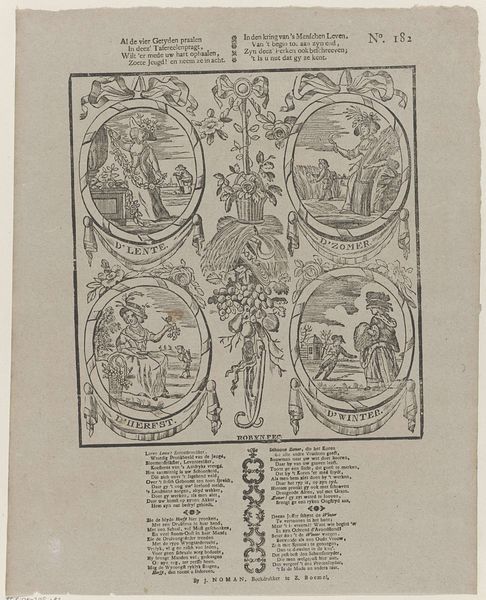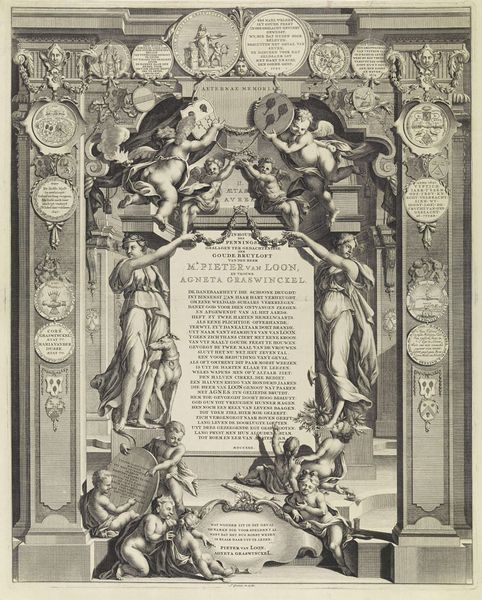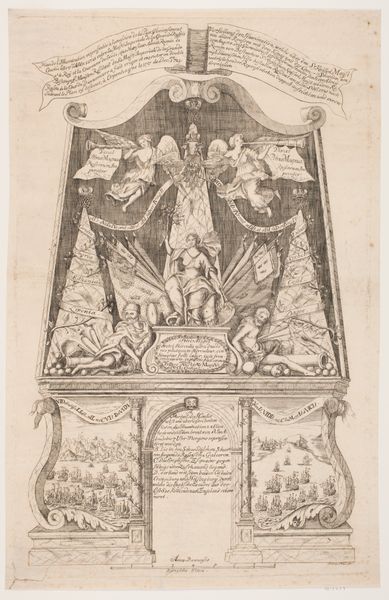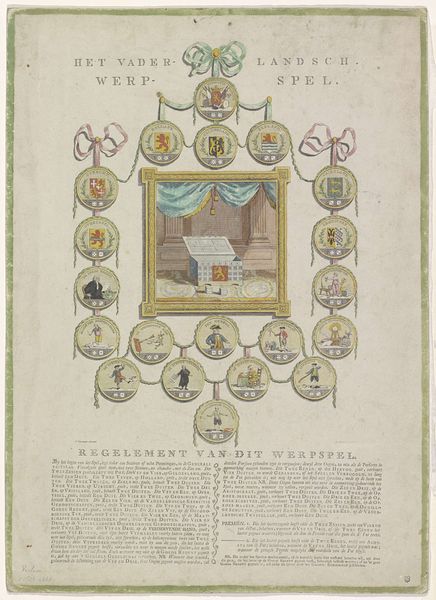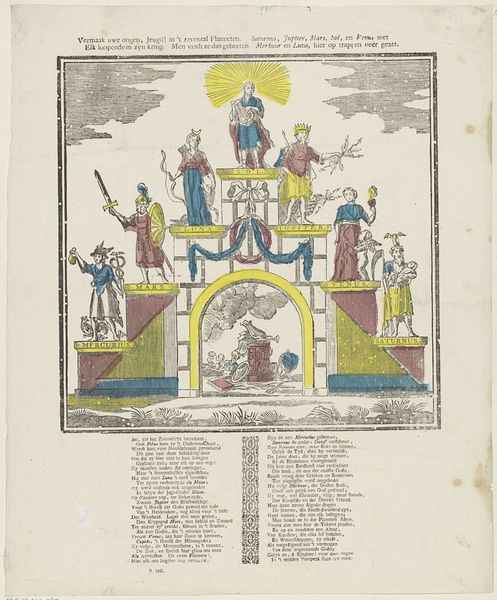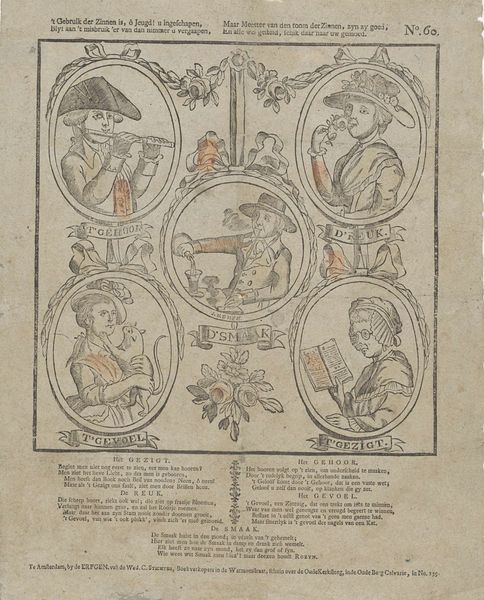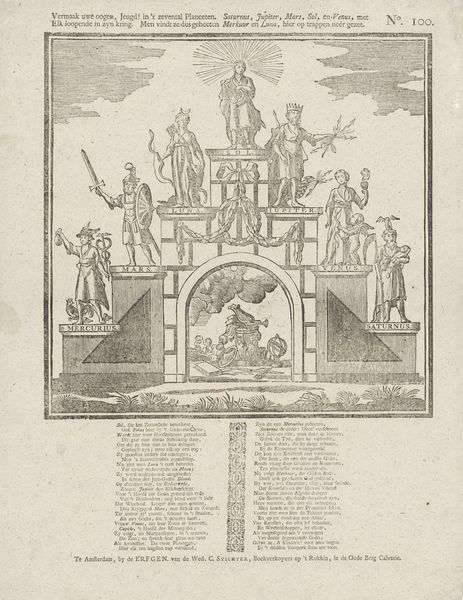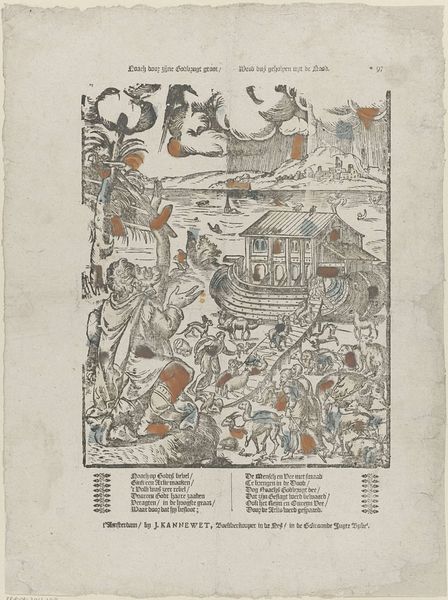
Op deonderstaande printverbeeldingen van 's lands zee-magazyn te Amsterdam, / zoo voor, by, als na deszelfs verwoestende brand van den 6 july 1791 1806 - 1830
0:00
0:00
print, etching, engraving
# print
#
etching
#
cityscape
#
history-painting
#
engraving
Dimensions: height 424 mm, width 332 mm
Copyright: Rijks Museum: Open Domain
Curator: So, this print, "Op deonderstaande printverbeeldingen van 's lands zee-magazyn te Amsterdam…", created between 1806 and 1830 by A. Robyn, depicts a scene of destruction. How does the choice of printmaking – engraving and etching – inform our understanding of the event portrayed? Editor: Well, it feels like the printmaking medium itself is highlighting how the images were distributed. This seems like an attempt to convey news through mass production. But I wonder, how does the print’s creation process influence its reception and interpretation of the 1791 fire? Curator: Exactly! By understanding the materiality of printmaking, we realize this wasn't just about illustrating an event, but about constructing a specific narrative for a broad audience. Think about the labour involved: the engraver, the printer, the distributor. Each contributed to shaping public perception of the event, and potentially, of the government's response to the disaster. Was the selection of materials linked with consumption of knowledge in this era? Editor: So, by looking at the materials and means of production, we're really examining how information was disseminated and controlled. It almost seems like the print *itself* becomes a commentary on the fire. I'm noticing, too, that some sections were added using watercolor -- probably later, judging from the registration and application. Why would these embellishments be added manually and after the print was initially produced? Curator: Yes! The application of watercolor speaks to the desire to consume media that's considered beautiful. Further, by coloring the print yourself, the media became a more intimate possession and connection with the represented event. This challenges us to reconsider print not just as a carrier of information, but as a commodity embedded within a social and economic context. How was this sold, I wonder, and to what social classes? Editor: That’s a really interesting way of looking at it. I hadn’t thought about the economic factors involved. So the means of its creation also say a lot about consumption practices back then. Thanks, I've never looked at prints this way. Curator: And I think considering it with fresh eyes has sparked new questions about art historical narrative as propaganda in mass communication!
Comments
No comments
Be the first to comment and join the conversation on the ultimate creative platform.

